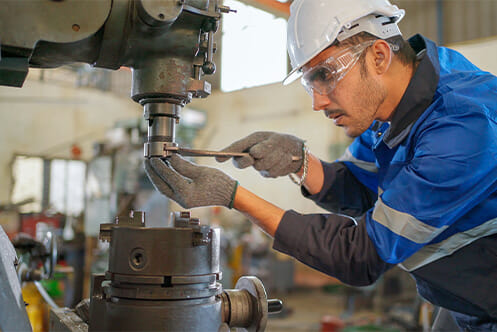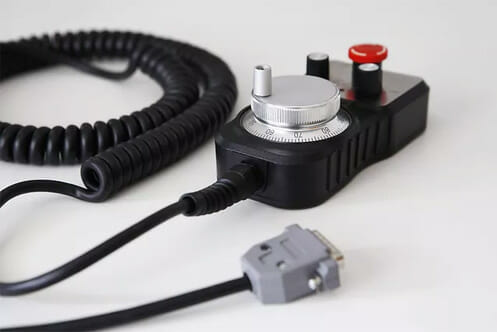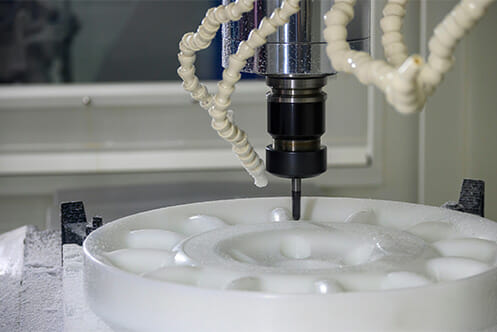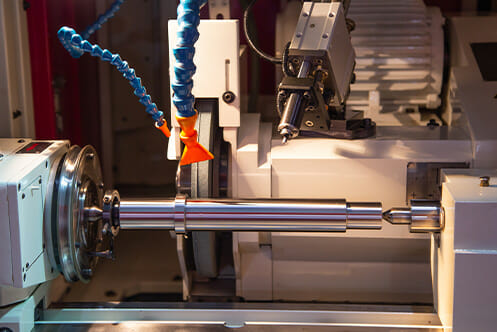Considering a Vacuum Table?
There is always a debate about whether or not to have a vacuum table top for your CNC or whether to stick with a t-slot table. In reality it will be more expensive to get the vacuum table and depending on what you’re using your CNC machine for as you may not need it. But…





